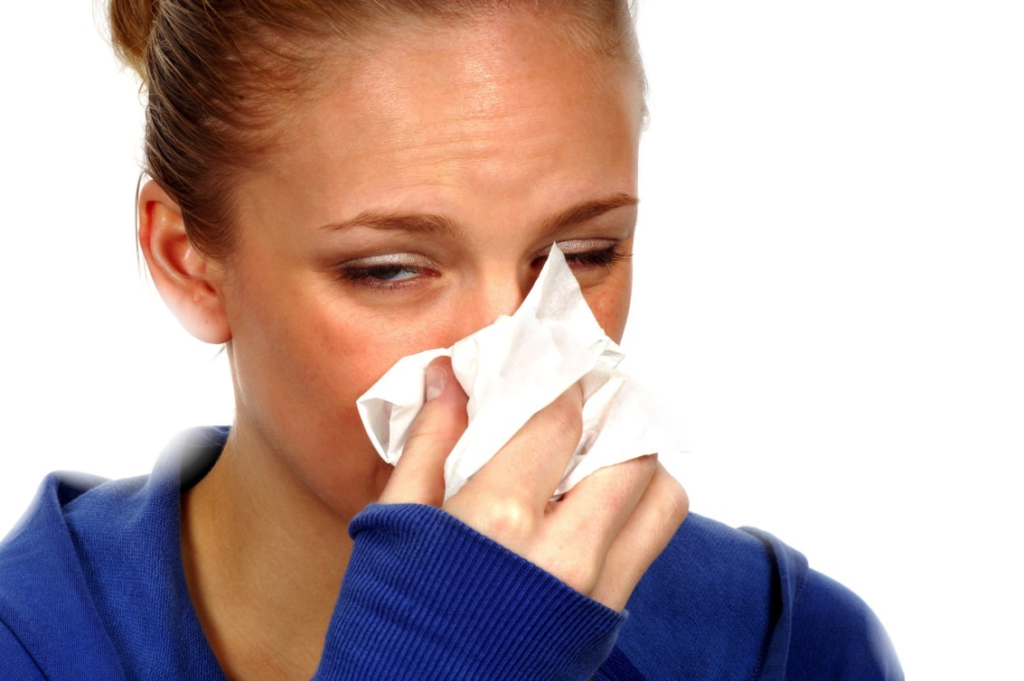An Integrative Approach to Mould
Studies and clinical research have linked mould exposure to mild and severe reactions in a significant portion of the population. Mould in buildings and homes are common, and easily expose us to mycotoxins, negatively affecting health. Exposure commonly causes respiratory symptoms although, there is evidence suggesting negative effects of mycotoxins on the brain. Identifying mould exposure is important to manage and improve our state of health.
Mould can lead to serious consequences for those exposed over long periods of time. Symptoms such as wheezing and development of asthma and allergies link to prolonged mould exposure. Mould is a type of fungi that typically grows in moist, dark environments. It is most commonly found on household materials and surfaces, as well as food.
Certain types of mould release mycotoxins and can lead to development of uncomfortable symptoms. These mycotoxins are often airborne or found in foods and when ingested, have pathological effects on the host.
What are mycotoxins?
Mycotoxins are the metabolites produced by certain types of mould. We find mould that produces mycotoxins in several food products, predominantly cereals and grains, dried fruits, nuts and spices. We also find it in moulds that grow on household materials and surfaces, where the environment is moist and conducive to growth. Often, livestock feed and grains that are not discarded, contain mould. When animals ingest these contaminants, it affects the meat we consume.
Effect of mould on health
We’ve mentioned several conditions related to mould exposure, and can analyse symptoms of these to identify the appropriate method of treatment. Prolonged exposure to mould can aggravate pre-existing conditions (asthma, sinus) or can affect the patient in such a way that they develop the onset of new, more severe symptoms.
Sinus and infection

The effects of mould exposure can include severe sinus attacks. Some of the allergy related symptoms include sneezing, congestion, skin irritation, coughing (respiratory effects) and eye irritation. In individuals predisposed to allergies, it is important to investigate all allergy triggers to identify the root cause.
Respiratory infections can occur due to mould exposure. The most common form of mould infection is Aspergillosis, which comes from the mould called Aspergillus. It may affect those with compromised immune systems more than those with functioning immune defences. Consulting a doctor would yield a better understanding of one’s own predispositions, and would aid in finding an effective solution to ease symptoms. Checking for mould on food and household contamination is essential for investigating potential triggers.
Mould exposure affects each person differently. On one hand, an individual may experience severe symptoms, another may have mild symptoms, and someone else may be asymptomatic. These effects are based on the immune system and overall health.

Effect of mould on the brain
This may come as a surprise to many, but studies have suggested that mould exposure can have a direct impact on neurological functioning and cognitive conditions. Certain types of mould have neuropsychiatric effects.
There is now compelling evidence that mould exposure causes serious multi-system health problems in humans, including peripheral immune activation and behavioural dysregulation, that implies a central effect. Mould exposed patients relayed symptoms including respiratory problems, chronic fatigue, muscle/joint pain, anxiety, and cognitive problems.
Penicillium, Aspergillus and Fusarium mould are sources of the most common mycotoxin exposures. Prolonged exposure has led to the increased detection of mycotoxins in affected individuals. These toxins can cause multisystemic effects, including gastrointestinal, cardiovascular, and neuropsychiatric effects.
A new study found that people affected by mould illness experienced the following symptoms:
- Brain inflammation in the hippocampus, the area of the brain that controls memory and learning
- Decreased neurogenesis (formation of new brain cells)
- Impaired memory
- Increased pain sensitivity
- Increased anxiety
Signs and symptoms of mould exposure
Mould contamination within homes and food supplies are highly likely. Mould on clothes is also a common occurrence. Therefore, mould affects a significant portion of our direct environment. It is important to be aware of these factors and investigate our environments for potential exposure.
Although some people experience no effect from mould exposure, it can affect others differently. The chance of developing symptoms from mycotoxins is quite high amongst certain individuals. Being in contact with mould spores and mycotoxins can cause the onset of symptoms such as:
- Runny nose and congestion
- Eye irritation
- Sneezing
- Coughing
- Sore throat
- Skin rash
- Headache
- Lung irritation
- Wheezing
If a person is displaying these signs and symptoms, whilst being exposed to buildings and food products that are contaminated, it is likely they are being affected by mould.
Mycotoxins found in food
Food contamination relating to mycotoxins may produce mild to severe symptoms in certain individuals. Certain mycotoxins are linked to more extreme conditions, such as the induction of cancers and immune deficiency. Foods that are most commonly contaminated include meats, pastas, cereals and grains. Consumers often ingest contaminated meat from livestock that ingest contaminated, recycled feed.
Aflatoxins are the most poisonous type of mycotoxin found in contaminated foods and soils, and are the product of certain types of mould (Aspergillus flavus and Aspergillus parasiticus). These kinds of mycotoxins, consumed in large quantities, can be life threatening and usually target the liver.
Mycotoxins in homes

Homes and buildings can be extremely conducive environments for mould to colonise. It is common to find mould in the house. Moulds usually thrive in moist, dark places and we typically see this in homes and buildings, with limited sunlight and high humidity levels.
Mould comes in a variety of strains, colours and textures. Although not all moulds cause symptoms, here are some of the most common types of moulds that aggravate allergic reactions:
- Alternaria
- Aspergillus
- Cladosporium
- Penicillium
Treating Mould Exposure Symptoms
When displaying symptoms, it may be better to consult a doctor to help with the necessary medical treatment. This may include:
- Medications
- Allergy shots
Some management practises one can implement in their everyday lives can include:
- Using dehumidifiers in areas of the home that are usually moist and warm.
- Regularly cleaning damp areas.
- Keeping your home well ventilated.
- Regularly checking for leaks in the home (avoiding moisture).
- Avoiding foods that are at high risk for contamination (grains and meat).
- Keeping your home well lit with natural light.
Summary
Studies and clinical research have linked mould exposure to mild and severe reactions in a significant portion of the population. Mould in buildings and homes are common, and easily expose us to mycotoxins, negatively affecting health. Exposure commonly causes respiratory symptoms although, there is evidence suggesting negative effects of mycotoxins on the brain. Experiencing symptoms of mould exposure is a sign to monitor our environment and in severe cases, contact a health professional to assist in diagnosis and treatment. As we gain more information, our understanding of the effects of mycotoxins expands. It is important to identify, treat, and manage mould exposure consistently to yield the best results. Keep in mind that symptoms may overlap with other conditions, therefore, it is important to seek medical advice on the best course of treatment.
How do I Become a Functional Medicine Practitioner to learn more about Mould?

The Institute of Integrative Medicine is a global leader in the field of Integrative Medicine Education. Integrative medicine aims to be at the forefront of modern technology and new discoveries. Mould exposure causes a variety of uncomfortable symptoms. It is essential to distinguish between mould and other potential factors. We offer certified online courses helping you to take charge of your practice and improve the quality of life for your patients. Find out more about the courses we offer today!

